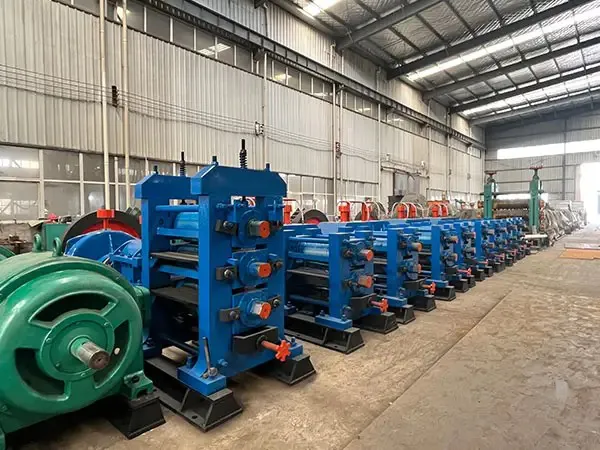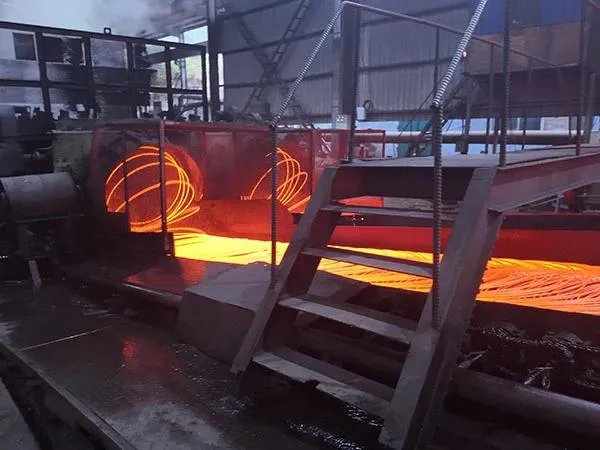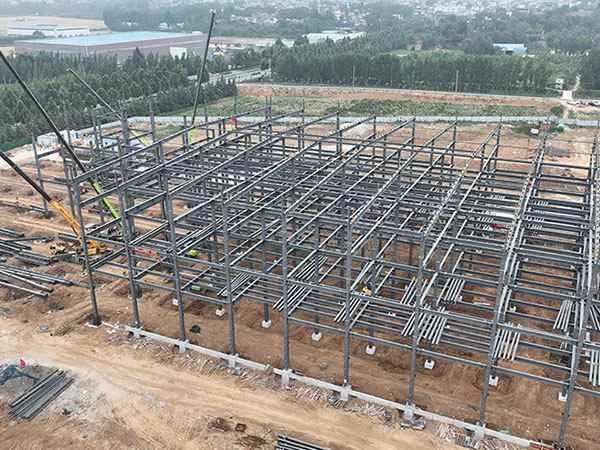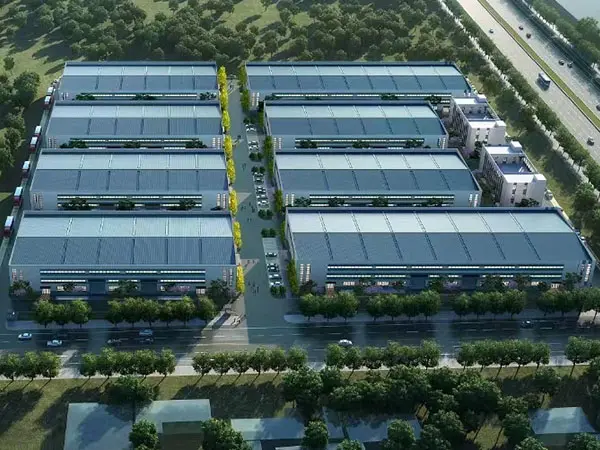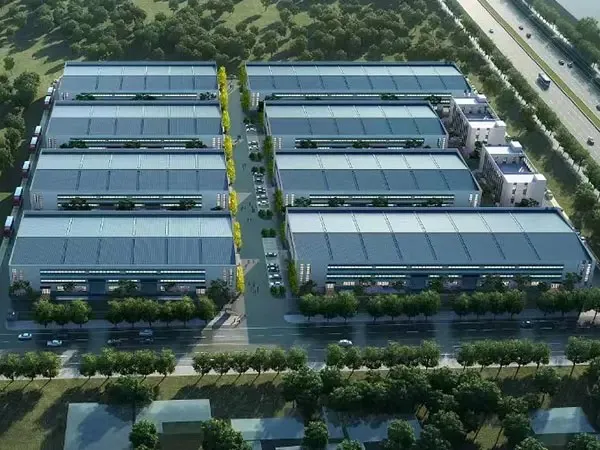Стальная арматура – основной материал в строительстве., инфраструктура, и промышленное применение, образуя краеугольный камень прочности и долговечности конструкции. Линии по производству стальной арматуры имеют решающее значение для обеспечения высококачественной стальной арматуры, обеспечение безопасности, надежность, и долгосрочная производительность. Понимание факторов, влияющих на качество производства стальной арматуры, помогает производителям оптимизировать свои процессы и стабильно производить продукцию высочайшего качества..
Факторы, влияющие на качество производства стальных прутков
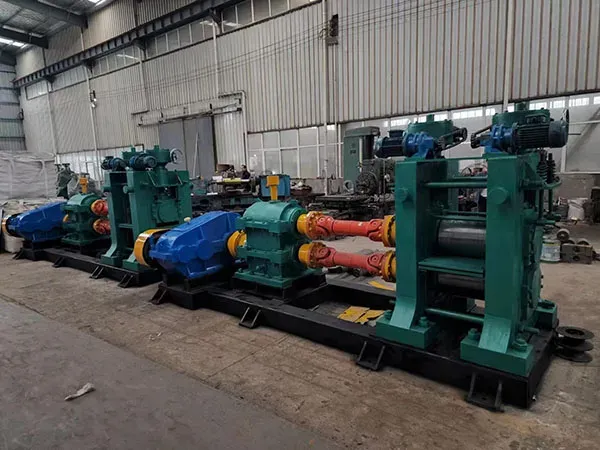
1. Качество сырья
Качество стальных прутков начинается с сырья. Примеси, непостоянный химический состав, или некачественное железо может ослабить конечный продукт. Использование высококачественной железной руды и тщательно контролируемых легирующих элементов обеспечивает равномерную прочность., пластичность, и коррозионная стойкость, формируя основу высокопроизводительных стальных стержней. Производители, специализирующиеся на сырье для прочности стальных прутков, могут значительно повысить качество конечной продукции..
2. Техники плавки и рафинирования
Стадия плавки и рафинирования напрямую определяет микроструктуру и механические свойства стали.. Передовые методы, такие как электродуговые печи. (ЭДП) и непрерывное литье уменьшают дефекты, такие как включения, пористость, и сегрегация. Точный контроль температуры во время плавки и рафинирования имеет решающее значение для достижения однородности и желаемой механической прочности.. Внедрение передовых технологий плавки и рафинирования стальных прутков является ключом к стабильному качеству..
3. Параметры прокатки и формовки
Процесс прокатки и формовки придает стальным стержням форму и влияет на качество поверхности., точность размеров, и внутренние напряжения. Переменные, такие как скорость прокатки, температура, и смазка влияют на гладкость поверхности и механические характеристики. Оптимизация этих параметров сводит к минимуму трещины., деформации, и слабые места в конечном продукте. Изучение того, как улучшить качество стальных прутков в производстве, часто фокусируется на оптимизации процессов прокатки и формовки..
…
Более подробную информацию о ключевых факторах, влияющих на качество и производительность производства стальной арматуры, пожалуйста, нажмите, чтобы посетить:https://www.gyssljx.com/a/news/factors-affecting-steel-bar-production-quality.html

